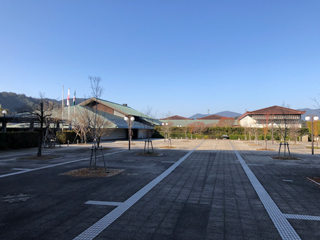
About Arita Town
1 History
Located in the western part of Saga prefecture, Arita is a town with a population of approx. 20,000. With 70% of its area comprised of forest and mountains. Arita is a town famous for porcelain : in 1616, a Korean potter Yi Sam-pyeong discovered the porcelain stone at Izumiyama, and porcelain was fired for the first time in Japan. It developed at full tilt as a ceramics production hub in the Saga domain. After 1650, when the Dutch East India Trading Company shifted its trade from China to Japan due to the domestic turmoil in China, Arita porcelain started being exported across the world. German scientist Gottfried Wagener was invited to Japan in 1870, at the start of the Meiji period. Wagener introduced the Japanese to coal-fired kilns and artificial cobalt for painting, which replaced natural cobalt (gosu), and helped to modernize Arita ware. 400 years since its founding, the brick smokestacks that still stand in the town symbolizes it place as a center for ceramics. With many potteries, trading firms and other related facilities, innovations are being made in Arita taking advantage of its traditions and new techniques.
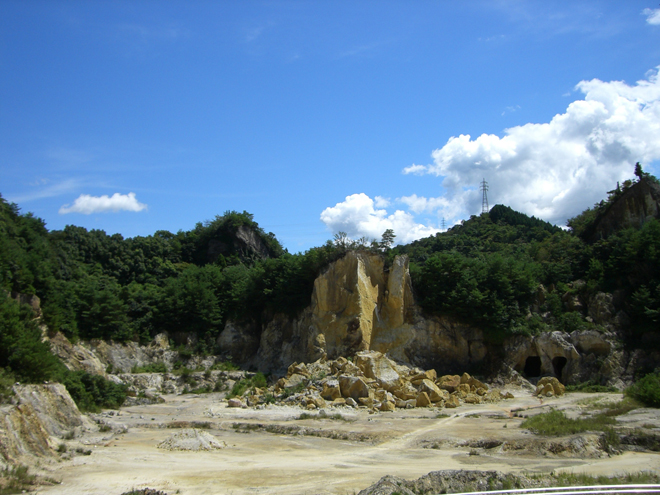
2 The Townscape of Arita (today)
Following the discovery of the porcelain stone in Izumiyama, production of porcelain started in earnest in the Nabeshima domain and a town called Arita Senken which is manmade manufactory town of porcelain was built in a quiet valley. Due to a large fire that struck simultaneously with a typhoon in 1828, most of the town’s buildings burned down. The rows of white-walled storehouses rebuilt afterward, as well as the thickly black-lacquered buildings erected from the Meiji period, still stand, and in 1991 the area was recognized by the national government as a “preservation district for groups of historic buildings.”
The Izumiyama porcelain stone field in the Uchiyama region, the digging of which changed the mountain’s shape, is home to such famous places as the ruins of the climbing kilns that utilized the valley’s hillsides. A large maidenhair (gingko) tree that is approx. 1,000 years old stands in the former site of the Kuchiya guard station. The porcelain-made torii shrine gates, Sueyama Shrine with its stone guardian-lion dog statues, and the Tonbai Wall which are made from disused kiln tools and scraps of fireproof brick (tonbai) used to build the climbing kilns runs along the avenue.
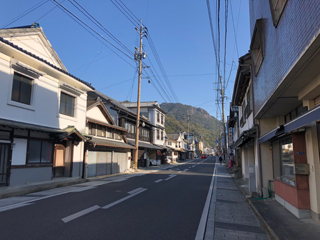
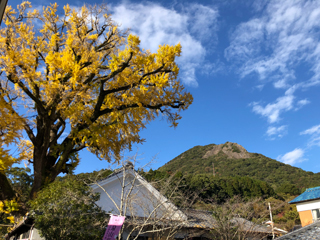
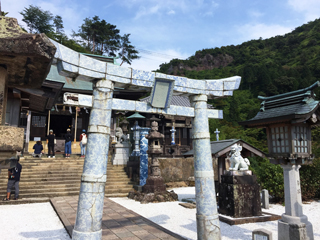
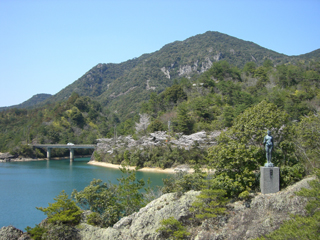
3 The Ceramics Industry (today)
Arita is home to the ceramic industry and there is a division of labor between each production such as clay makers, model and mold makers, raw products and bisques makers, general ceramics and pottery makers, over glaze painting factories, insulator factories, tile factories, pigment makers, raw material and glaze manufacturers, trading companies, ceramics machinery manufacturers, and more.
Such industries are spread out in nearby municipalities, with in the Hizen area and are linked serving as a sort-of ceramics factory for the region as a whole. Also, techniques and knowledge is primarily centered around Arita.
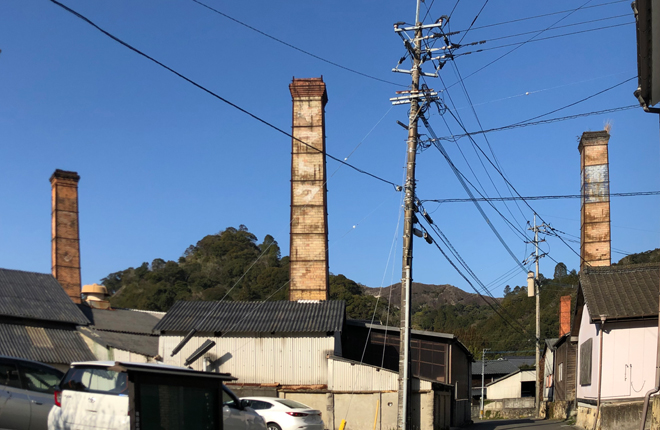
4 Facilities Related to the Ceramics Industry
The Kyushu Ceramic Museum has a collection of pottery and porcelain from various locations in Kyushu, as well as works by modern ceramic artists, many of which are on display. There are a number of collected items with academic value, such as those in the Mr. and Mrs. Shibata collection, which systematically collected Arita ware from the start till the end of the Edo period (1603-1868).
The Saga Ceramics Research Laboratory is a Saga prefectural research institute with the aims of research and development of ceramics, technical support, and human resources development.
The History and Folklore Museum of Arita, adjacent to the Izumiyama porcelain stone fields, is a facility that collects and preserves materials related to the history and folk customs of Arita. Porcelain fragments excavated from the kiln ruins are displayed by period.
The Arita Porcelain Museum is a municipal museum in a reconstruction of a stone-built porcelain storehouse from the early Meiji period.

